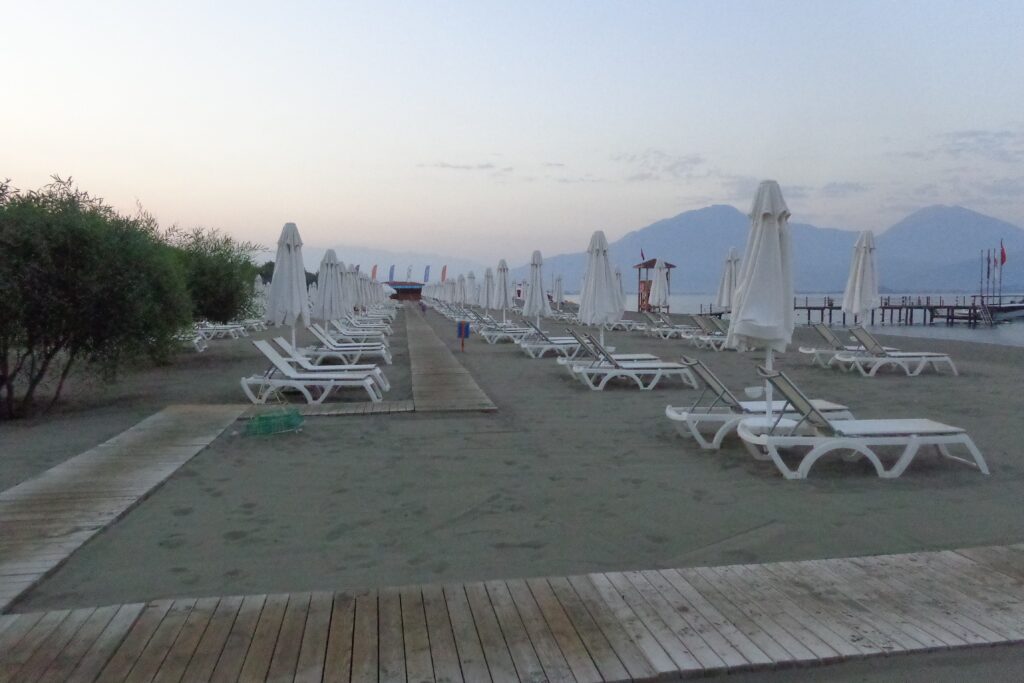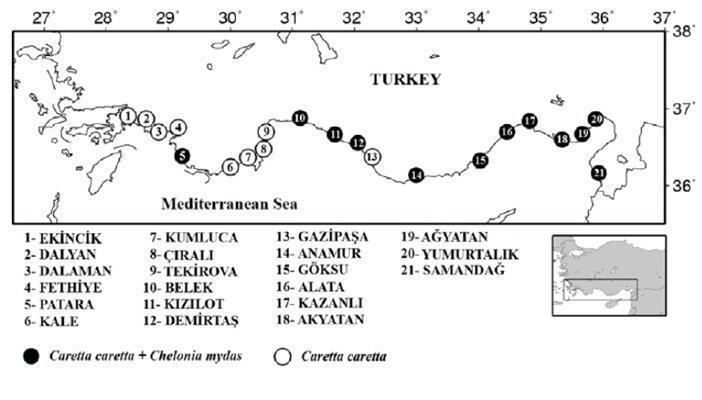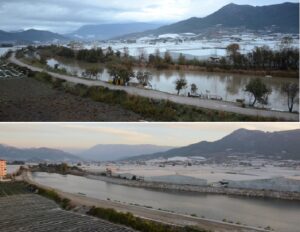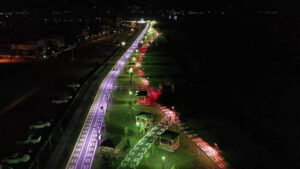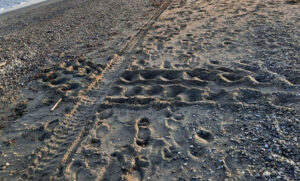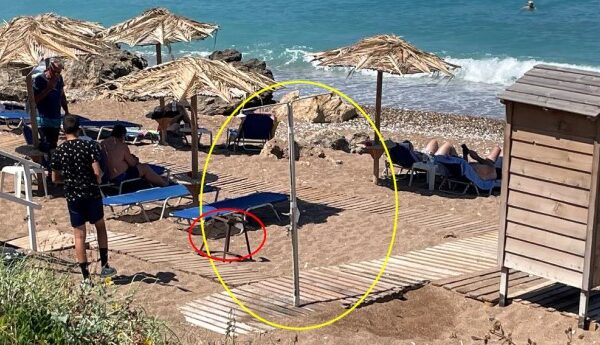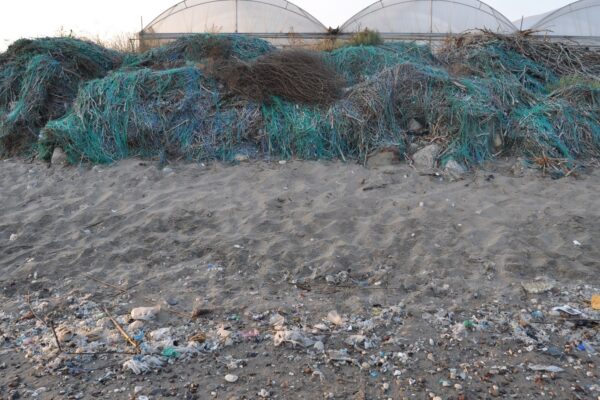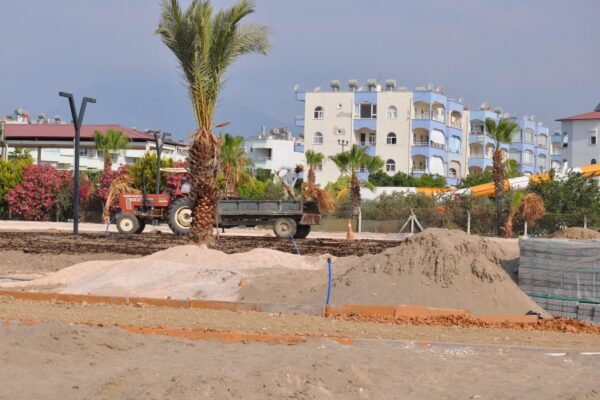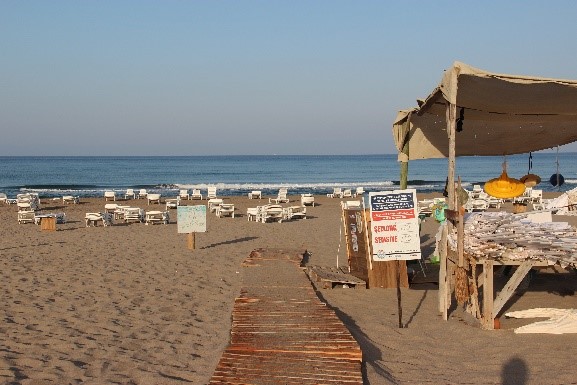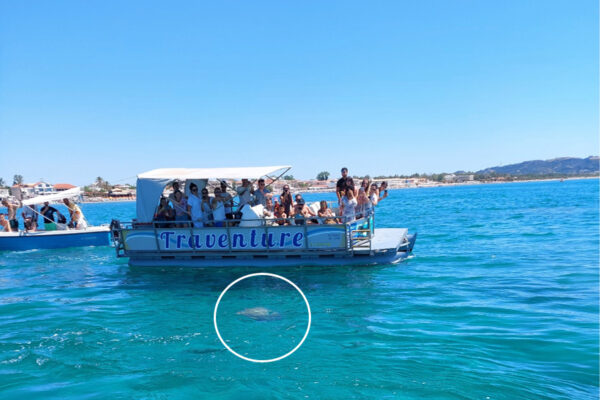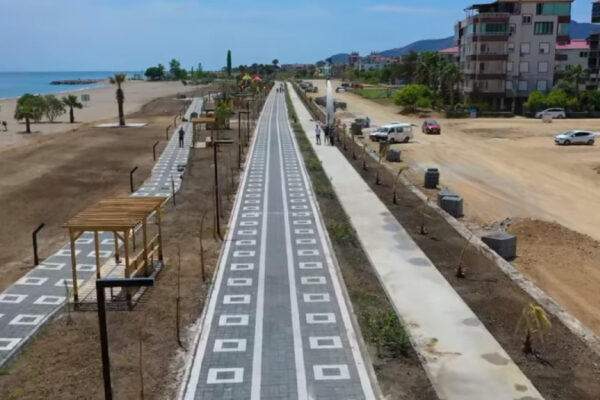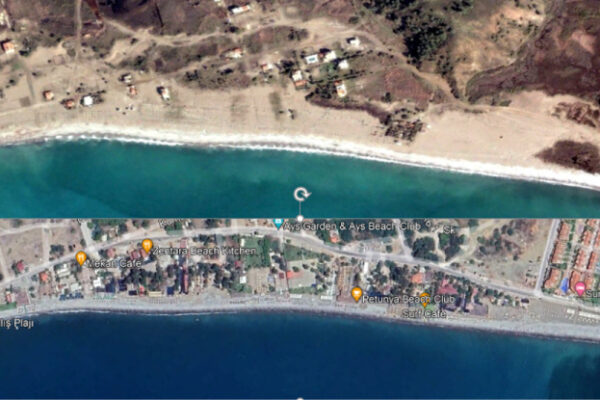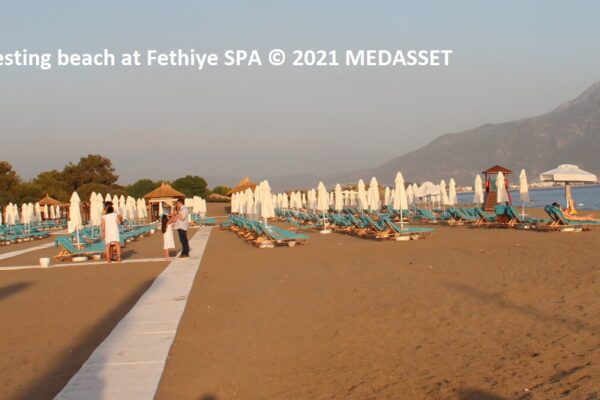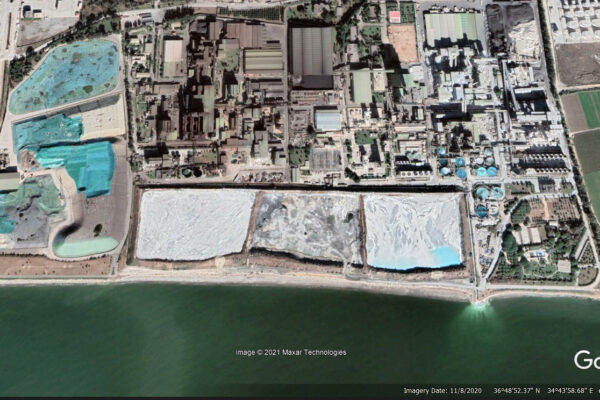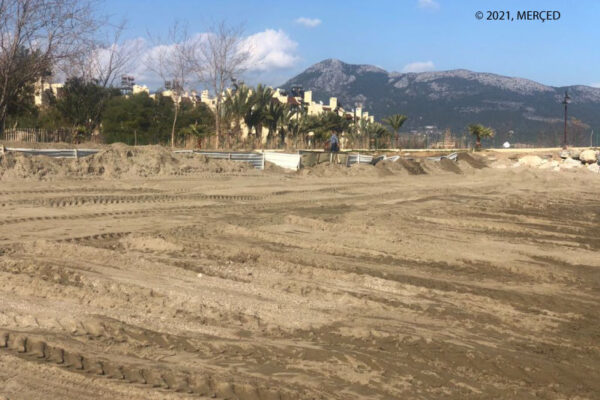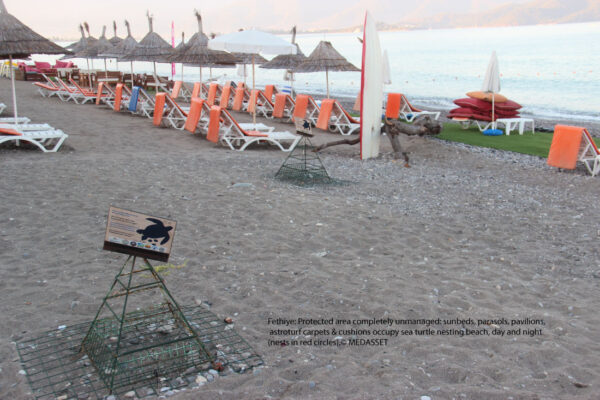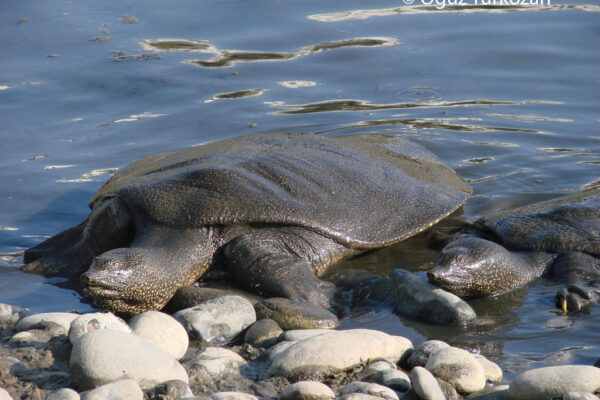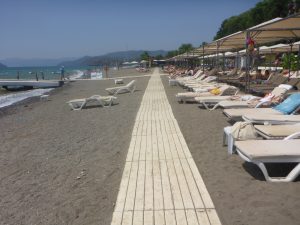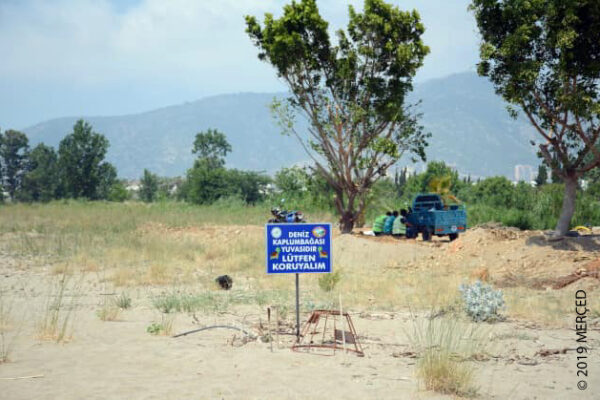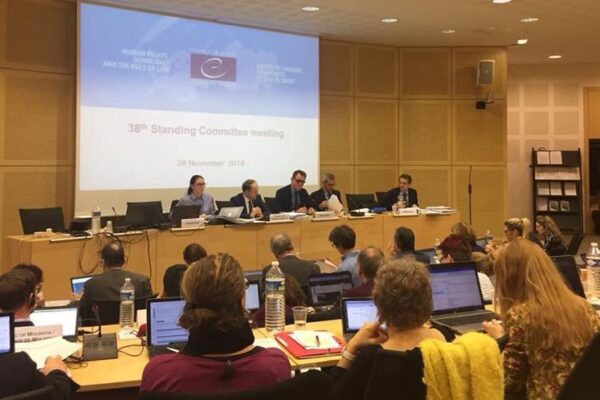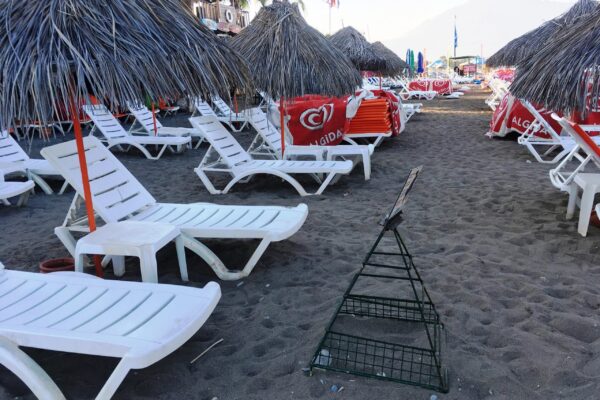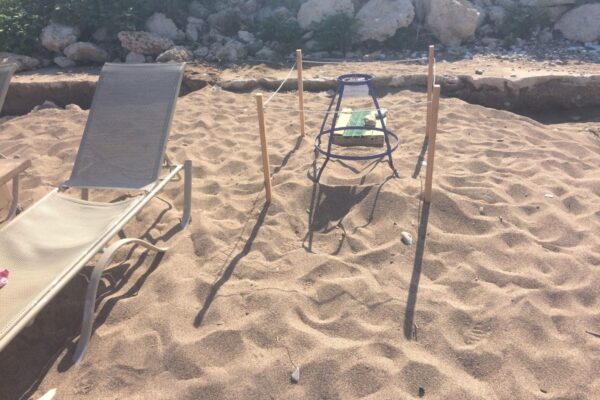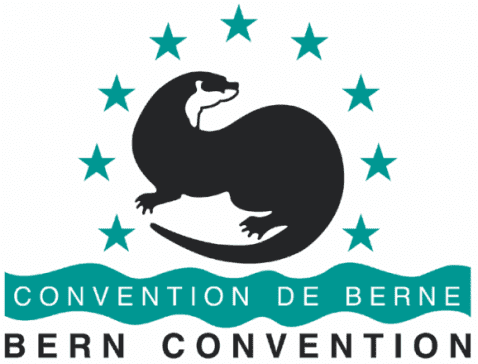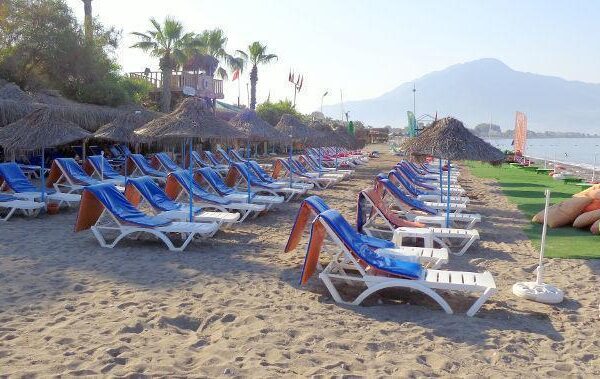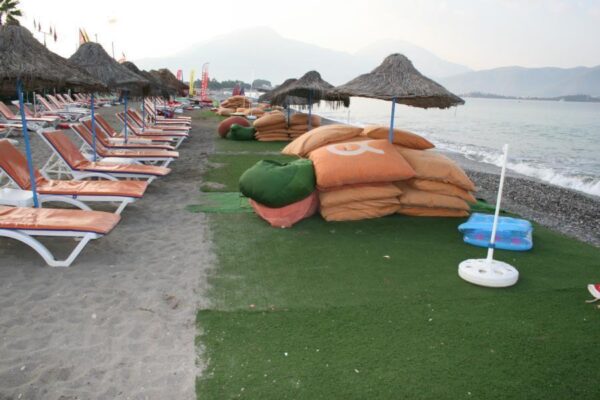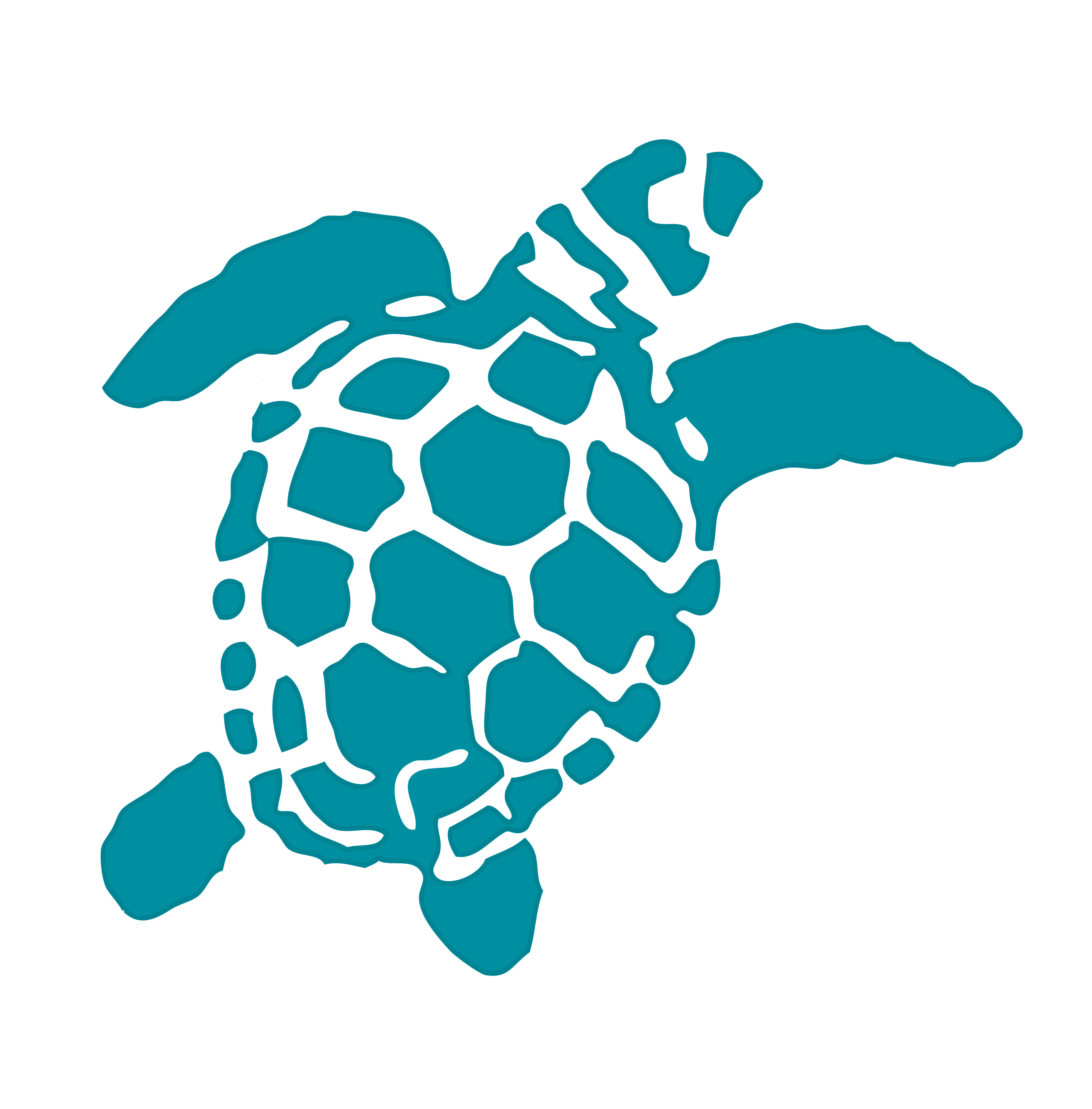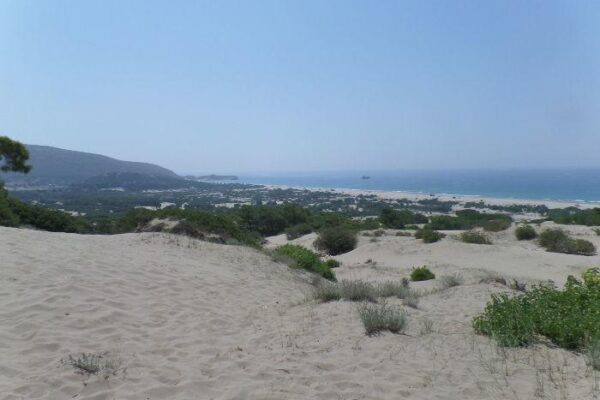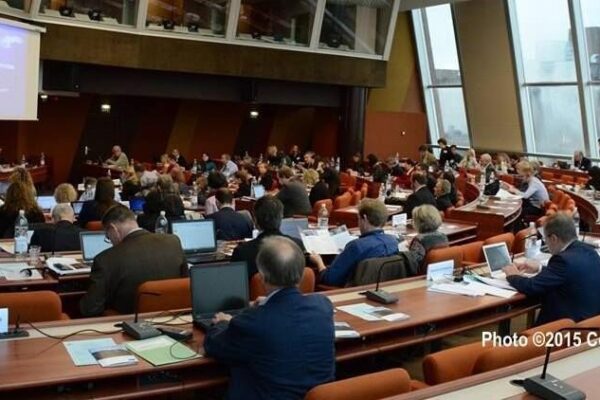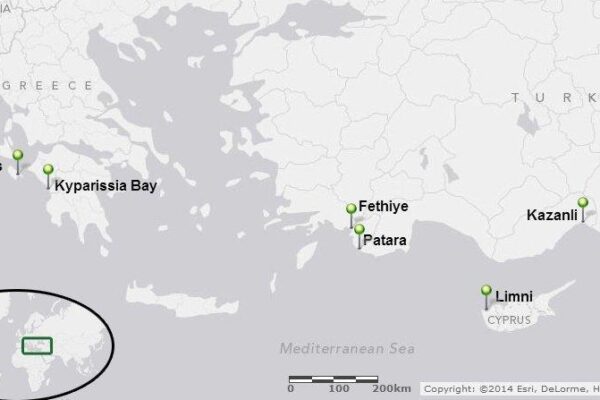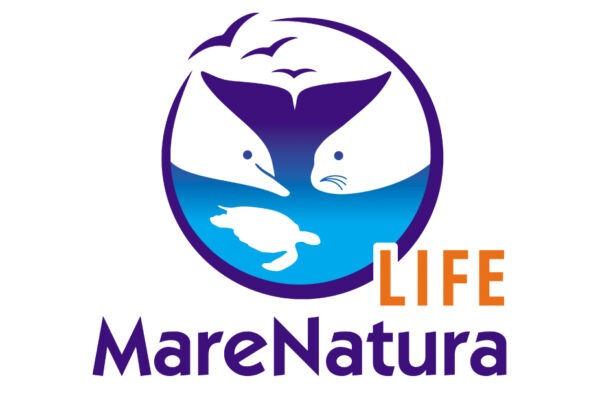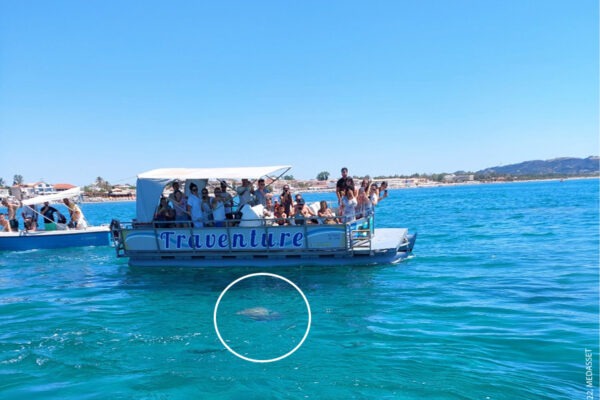Nature & Heritage
Patara in Turkey is a major world heritage site, with monuments that date back from the late Byzantine Period, the Roman and Ptolemaic period, and the era of its first settlers, the Cretans. It is also the birthplace of St. Nicholas, whose gift-giving nature became the model for today’s ‘Santa Claus’. It remains our ambition that the site should eventually be listed as a UNESCO World Heritage Site.
Patara’s ecological value is unique along the Turkish Mediterranean coast as it hosts a variety of habitats, sand dune systems and small wetlands. Since 1990, the entire site has been declared a Specially Protected Area, under the Barcelona Convention. Patara’s 12 km long sandy beach is an important nesting site mainly for loggerhead turtle, first recorded during a survey conducted in 1988. In 2000, two green turtle nests were also identified. The beach is bordered by huge dunes, the largest and most important on Turkey’s Mediterranean coast. Trionyx triunguis, the Nile soft-shelled turtles, are also found in Patara’s streams and wetlands.
Save Patara
Till the mid-’80s, before tourists discovered Patara, there was only a small village (Gelemiş) on the outskirts of the archaeological site, with 200 inhabitants mainly engaged in small-scale agriculture. In 1988, a student of Stirling University (UK) and some residents contacted us with an appeal to support their fight against plans to construct an airport, hotels and other businesses within the archaeological area and on the loggerhead nesting beach.
Following arson incidents within the archaeological site off the nesting beach, and in collaboration with relevant international organisations and prominent figures, we brought the issue to the forefront, alerted the international media, and fought for the cancellation of the project, the removal of a hotel already built illegally (an ancient tomb was destroyed in the process) and the introduction of conservation measures. We first raised the issue with the Bern Convention in 1989, and the problems in Patara were discussed during the Convention meeting’s on a regular basis for 13 years. Recommendations were made to the authorities and their implementation was monitored by the Convention during 1996-2001.
MEDASSET continues its surveys and reports findings on the conservation status of Patara. In 2011, the construction of 400-750 summer houses about 1.5 km north of the nesting beach was announced, well within the protected area boundaries. In 2012, in collaboration with Turkish archaeologists and architects, we lodged a complaint to the Bern Convention and raised the issue both through Turkish and Greek press (Hurriyet, Cumhuriyet Akdeniz, Naftemporiki, etc.). Construction works and the dramatic increase of visitors will impact on the poorly managed nesting beach and the turtles, significantly alter the natural environment and jeopardise the archaeological monuments.
We also highlighted the lack of management and guarding of the protected area. Following our 2013-2014 reports, the Bern Convention visited Patara in 2015 and found that, though the nesting beach is relatively pristine, current human pressures and negative developments affect the beach; however, the greatest threat is the inadequate management of the site, especially in light of the ongoing large-scale summer house development. As a result, the Bern Convention adopted Recommendation No. 182, asking the Turkish government to urgently implement 11 measures to protect Patara’s nesting beaches and sea turtle population. Our advocacy campaign continues, aiming to secure improved protection of this important and emblematic sea turtle habitat.
You can find more information on this campaign in our Publications section.



